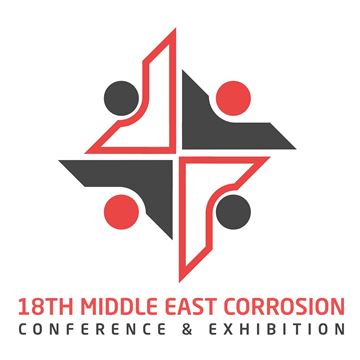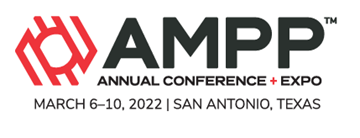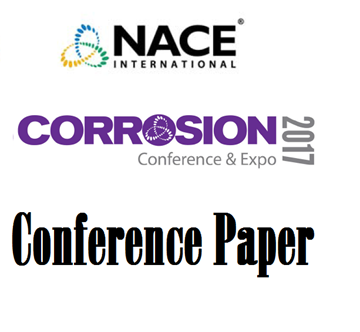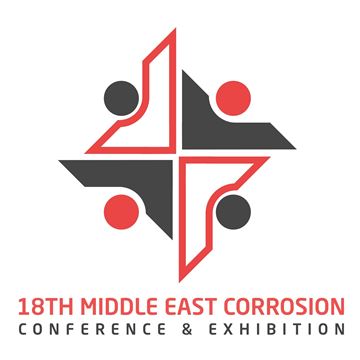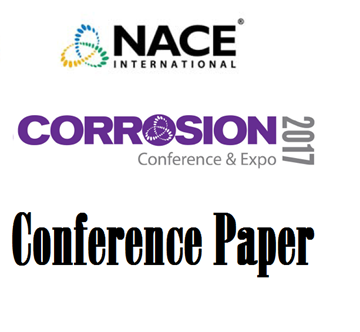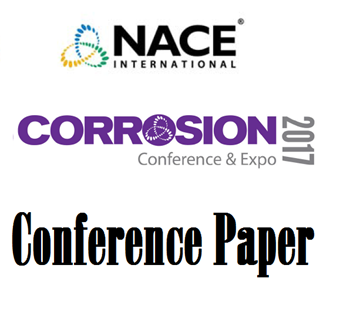Search
Individual Conference Papers
View as
Sort by
Display
per page
Mitigation of Microbiologically Influenced Corrosion in Stagnant Fire Water Lines
Product Number:
MECC23-20008-SG
Publication Date:
2023
$20.00
Mitigation Of Scaling Challenges For Long-Term Shut-In Wells Under Ultra-High Temperature
Product Number:
51321-16995-SG
Publication Date:
2021
$20.00
Mitigation Of Scaling Potential Using Organophosphorus Phosphonates In High-Temperature And High-Hardness Carbonate Formations
Product Number:
51322-17588-SG
Publication Date:
2022
$20.00
Mitigation of Soil-Side Bottom Corrosion of Aboveground Storage Tanks Utilizing Volatile Corrosion
Product Number:
51317--9462-SG
ISBN:
9462 2017 CP
Publication Date:
2017
$20.00
Mitigation of Sour Corrosion Using Novel Fast Acting Hydrogen Sulfide Scavengers
Product Number:
51317--9446-SG
ISBN:
9446 2017 CP
Publication Date:
2017
$20.00
Mixed Metal Oxide Coated Titanium for Impressed Current Anodes Cathodic Protection
Product Number:
MECC23-20036-SG
Publication Date:
2023
$20.00
Mobile Application as a Tool to Ensure Effective Corrosion and Asset Integrity Management
Product Number:
51321-16353-SG
Publication Date:
2021
$20.00
Modeling Abrasion-Corrosion in Horizontal Pipeline Slurry Flows
Product Number:
51319-13125-SG
Publication Date:
2019
$20.00
Modeling and Experimental Insights of Sulfide Stress Cracking Corrosion Mechanism
Product Number:
51317--9328-SG
ISBN:
9328 2017 CP
Publication Date:
2017
$20.00
Modeling and Experiments of FeCO3 Scale Growth and Removal for Erosion-Corrosion Conditions
Product Number:
51312-01132-SG
ISBN:
01132 2012 CP
Publication Date:
2012
$20.00
Modeling and Prediction of Pipeline External Corrosion
Product Number:
51324-20704-SG
Publication Date:
2024
$40.00
Modeling and Projecting the Onset and Subsequent Failure Rate of Corroding Bridge Post-Tension Tendons
Product Number:
51317--8828-SG
ISBN:
8828 2017 CP
Publication Date:
2017
$20.00

